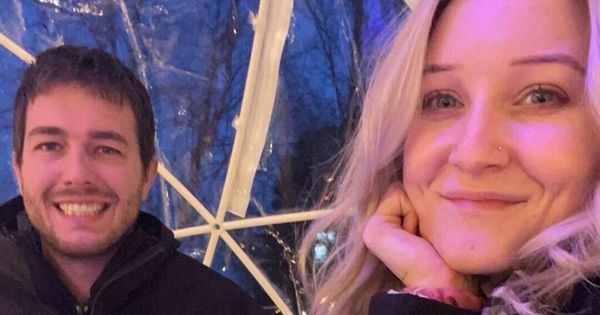A baby died in a Tasmanian hospital after a "traumatic" birth that was mismanaged by health staff who carried out a C-section too late, a coroner has found.
CONTENT WARNING: This story contains details that may cause distress
Luke* was born at the Launceston General Hospital (LGH) in the state's north in October 2019.
In his findings into Luke's death, coroner Simon Cooper described the birth as a "traumatic labour process".
The baby's mother Sandra* had gone to the LGH for a planned appointment at an antenatal clinic and was found to be in the early stages of labour.
Her pregnancy was at 39 weeks and three days.
Mr Cooper said an examination by midwives showed the baby was in breech position and Sandra was immediately admitted to the hospital for an emergency caesarean section, also known as a C-section.
"LGH medical records indicate [Sandra] was 'keen' for a caesarean section," he wrote.
A report to the coroner by an obstetrics specialist said there was a period of around 25 minutes where a "comparatively straightforward caesarean section" could have been performed.
However, Mr Cooper said initial attempts were made by an obstetrician to deliver the baby vaginally, before a another consultant obstetrician was called in to help.
Various manoeuvres were unsuccessfully attempted before a C-section was undertaken to free up the baby's arms and head.
He said this proved successful in the sense that Luke was able to be born vaginally shortly after, but he was "critically unwell".
"Unfortunately his prognosis was poor due to a hypoxic ischaemic [brain] injury he had suffered during birth."
A decision was made to place Luke in palliative care and he died on the 3rd of November, 2019.
'Poor clinical decision-making'
After formal identification of the baby's body, Luke was transferred to the hospital mortuary.
An autopsy the following day found the cause of death was global hypoxic ischaemic encephalopathy.
Obstetrics expert Dr Jonathan Nettle was asked to review the circumstances of Luke's short life.
He reported that Luke's birth was a "difficult clinical situation that appears to have been made worse by poor clinical decision-making which did not adhere to standard relevant guidelines".
Dr Nettle also found that a "clear clinical assessment of suitability for attempting vaginally breech birth was not conducted".
He said at anytime between 3.03pm — when Sandra's membranes ruptured — and 3.29pm, it would have been possible to perform a comparatively straightforward caesarean section.
Coroner Cooper concluded that Luke's birth was "mismanaged at the LGH".
"In contrast, the care and treatment he received after his birth, both at the LGH and at the RHH was of an appropriate standard," he said.
The LGH told the coroner it was investing in a simple ultrasound unit that midwives and medical staff would be trained to use for the confirmation of foetal presentation.
In a statement, Dr Peter Renshaw, executive director of medical services at the hospital, said: "We acknowledge the deeply distressing nature of this case and note the comments of the coroner."
"Unfortunately, in this case, the baby was not recognised to be presenting as a breech (bottom first) until the mother was in labour, resulting in complications in the delivery of the baby.
"The Launceston General Hospital reviewed the case and has introduced a quick scan at the end of pregnancy where there is any doubt about the baby's presentation.
"As the coroner referred to, the LGH has also made changes to the provision of ultrasound machines, investing in simple, portable handheld ultrasound devices to be used in various settings. The devices connect with a tablet screen and are more straightforward for staff to use than existing ward-based ultrasound machines."
Dr Renshaw said the hospital was "committed to continuous improvement and will carefully consider the coroner's report, noting no recommendations were made".
The hospital did not respond to specific questions about the 25-minute window for the C-section, or what the coroner described as "poor clinical decision-making" by hospital staff.
*Names have been changed.










